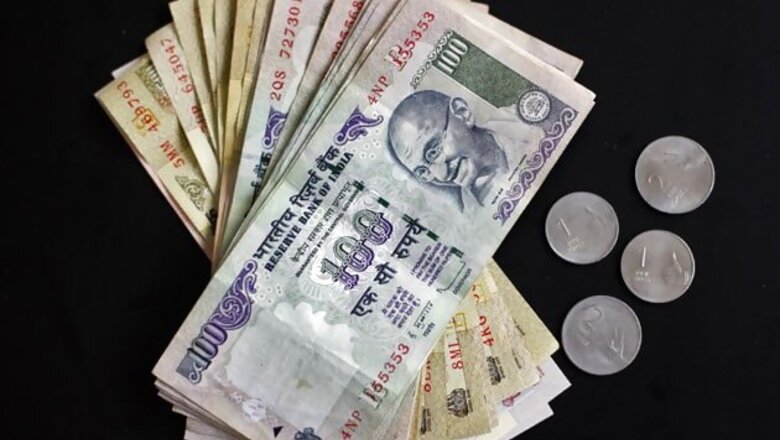
views
India's current account deficit for the April-June quarter came in at USD16.4 billion, lower than another USD 17.4 billion in the first quarter of last year as well as lower than the USD 21.7 billion in the previous quarter, (Q4FY12). As a percentage of the gross domestic product (GDP) the current account deficit works out to 3.9 per cent lower than the 4.3 per cent, reports CNBC-TV18's Latha Venkatesh.
It has slipped by 60 basis points (bps), but the reason why it has come down is obviously not very pleasant because trade has shrunk all around. Exports are down 2.6 per cent, but imports are down even more, down by 3.6 per cent. Therefore the trade deficit itself has shrunk to USD 42.5 billion for the full quarter compared to USD 44.5 billion for the Q1 of the previous year.
Services exports are down rather sharply, down by about 13 per cent. There is a fall in items like travel, transportation, insurance and pension, but not so much in terms of software services, at about USD 15.2 billion even that is a tad lower than Q4 of last year. However, it is a little better than a year ago quarter when it was USD 14.6 billion.
The other important point to note is private transfers. These are largely Indians living abroad and who send their money to their family and is a very big cushion for our current account deficit even though we import more than we export. Indians living abroad make up the difference and that continues to record a very good USD 16.8 billion compared to USD 14.6 billion in the year-ago quarter.
Balance of payment surplus
The other important number to note is the balance of payments surplus (current and capital account both included). The total forex reserves saw an outflow of USD 5.7 billion in the previous quarter, the January-March quarter. It is important that the balance of payments is a surplus of USD 0.5 billion. It is smaller compared to the year ago balance of payments surplus which rose by USD 5 billion. But the important point is compared to the previous quarter, we have atleast reversed the trend of outflows and are beginning to show some kind of inflows.
It is important to note that this will not be terribly market-moving because we know that in the current quarter that is July and August, in particular September there is a huge amount of FII inflows and therefore the balance of payment surplus will definitely be more in the current quarter.
The rupee has already reacted to all that and hence this number is certainly of academic interest, certainly of long term interest, but will not be market moving on Monday.




















Comments
0 comment